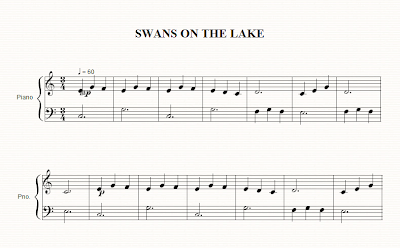Wolfgang Amadeus Mozart (born in Salzburg, January 27, 1756 - died in Vienna, Austria, December 5, 1791 at age 35 years) was a composer. He is regarded as one of the composers of European classical music is the most important and most famous in history. His works (about 700 songs) includes compositions which are widely recognized as the pinnacle work of symphonic music, chamber music, piano music, opera music, and choral music. Examples of his work is the opera Don Giovanni and Die Zauberflöte. Many of the works of Mozart considered a standard repertoire of classical concerts and music recognized as masterpieces of antiquity. His works are listed in Kochel-Verzeichnis catalog.
Mozart, who is known to have an absolute tuning capability (to know the exact tone without the aid of a tool), know the music from birth. His father, Johann Georg Leopold Mozart was an important composer of his time, one of his most important work is Kindersinfonie ("Symphony Kids"). Wolfgang was the youngest of seven children who died prematurely. Only he and Maria Anna Mozart ("Nannerl") who survive to adulthood. When she was four years old, Mozart was able to play the harpsichord and improvise on musical works of its predecessors. He even wrote the first composition at the age of five years. His works include Violin Sonata, and some of the Minuet. Leopold collected all of this without the knowledge of his compositions. So it is with Nannerl, he also is a very reliable keyboard player. Leopold who discovered her talent both felt "compelled" to showcase them to the rest of Europe.
Mozart was then taken to play the piano in front of the king of Bayern Munich. In September 1762, Leopold took a sabbatical from his position to promote his son to the kings. They then went to Vienna. There Mozart playing the piano in front of the Empress Maria Theresia who dazzled expertise will play Mozart and Nannerl. After this concert, Mozart must follow a long concert for three years, namely Paris (1763, 1765) and London (1764-1765). In these places, Mozart concerts in front of kings and also tested by them. Among others, by improvising themes given by the examiner with her eyes closed piece of cloth. Mozart as a child prodigy was welcomed everywhere. In London, he also met with the son of Johann Sebastian Bach, Johann Christian Bach is often invoked as the English Bach. Mozart piano sonata in four hands in her lap while sitting Bach.











